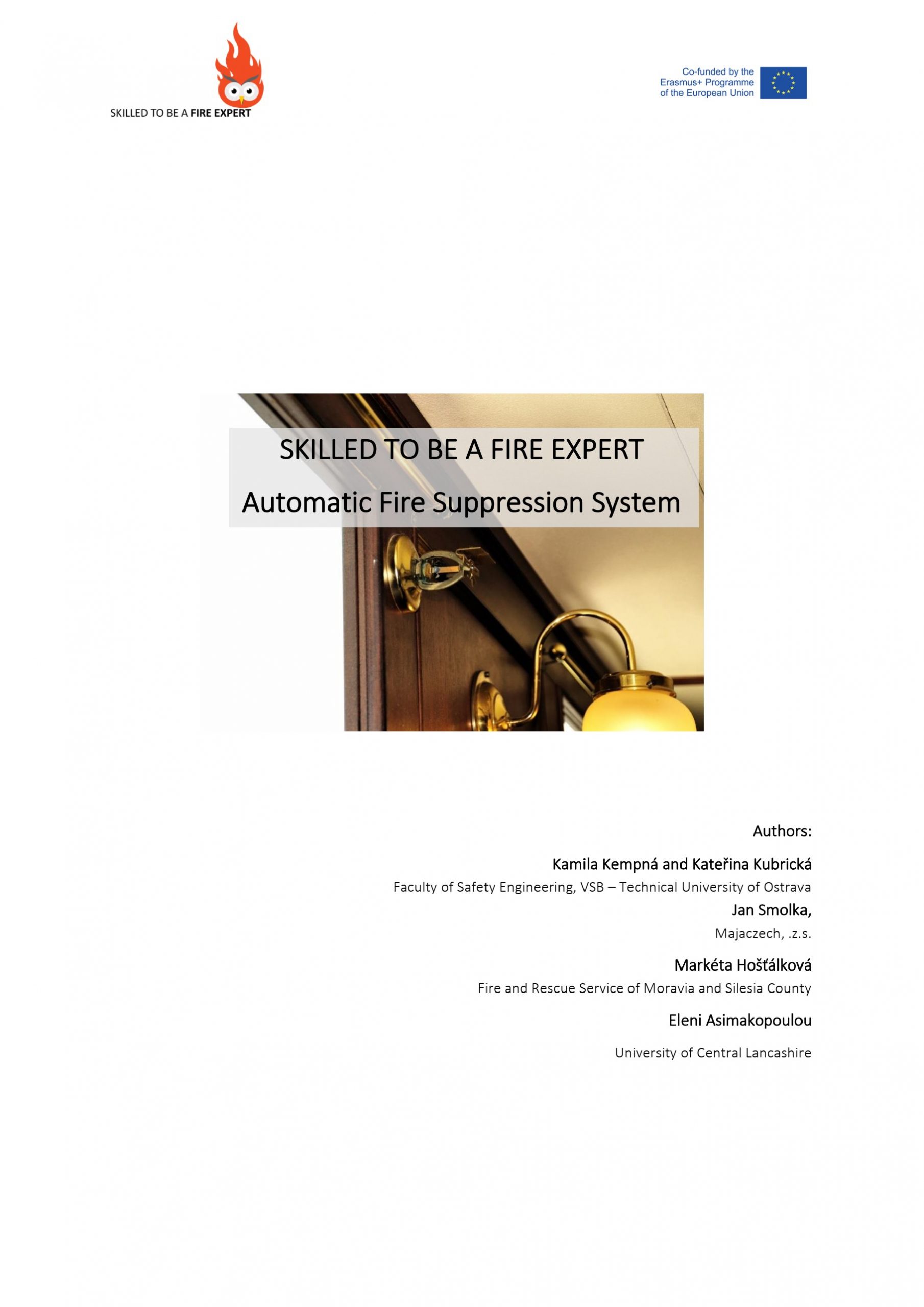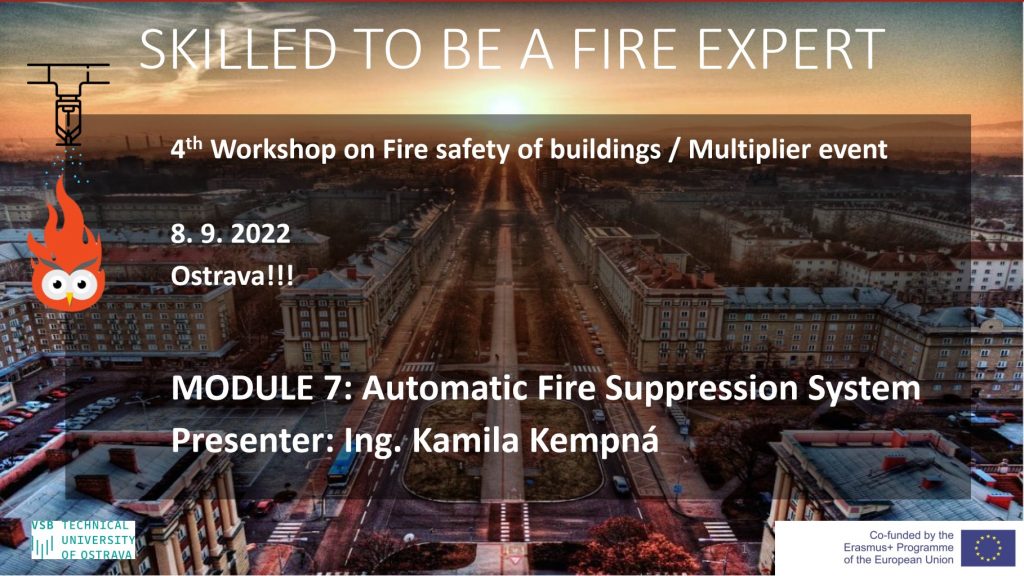Fire prevention, detection and suppression are key factors that should be taken into consideration to guarantee life safety, property, business and environment protection. This requires that appropriate fire safety equipment will be present to protect both people and buildings.
Thus, a major component towards ensuring fire safety in buildings is the design, installation, and maintenance of fire suppression systems. To achieve a successful design and use of those system requires specific knowledge of a number of parameters that are specific to the building and its use. Those mainly include what type of area or object should be protected, what means will be used and what type of fuel will potentially exist in the area that should be protected. After these considerations are taken into account, the type of extinguishing agent and relevant fire suppression system is usually selected taking also into account secondary losses on property after extinguishment or other specific conditions which could affect the design of the fire suppression system. Depending on the circumstances and relevant regulations, a fire suppression system can be applied locally or can accommodate total flooding systems that may include or not relevant accommodation and service spaces.


